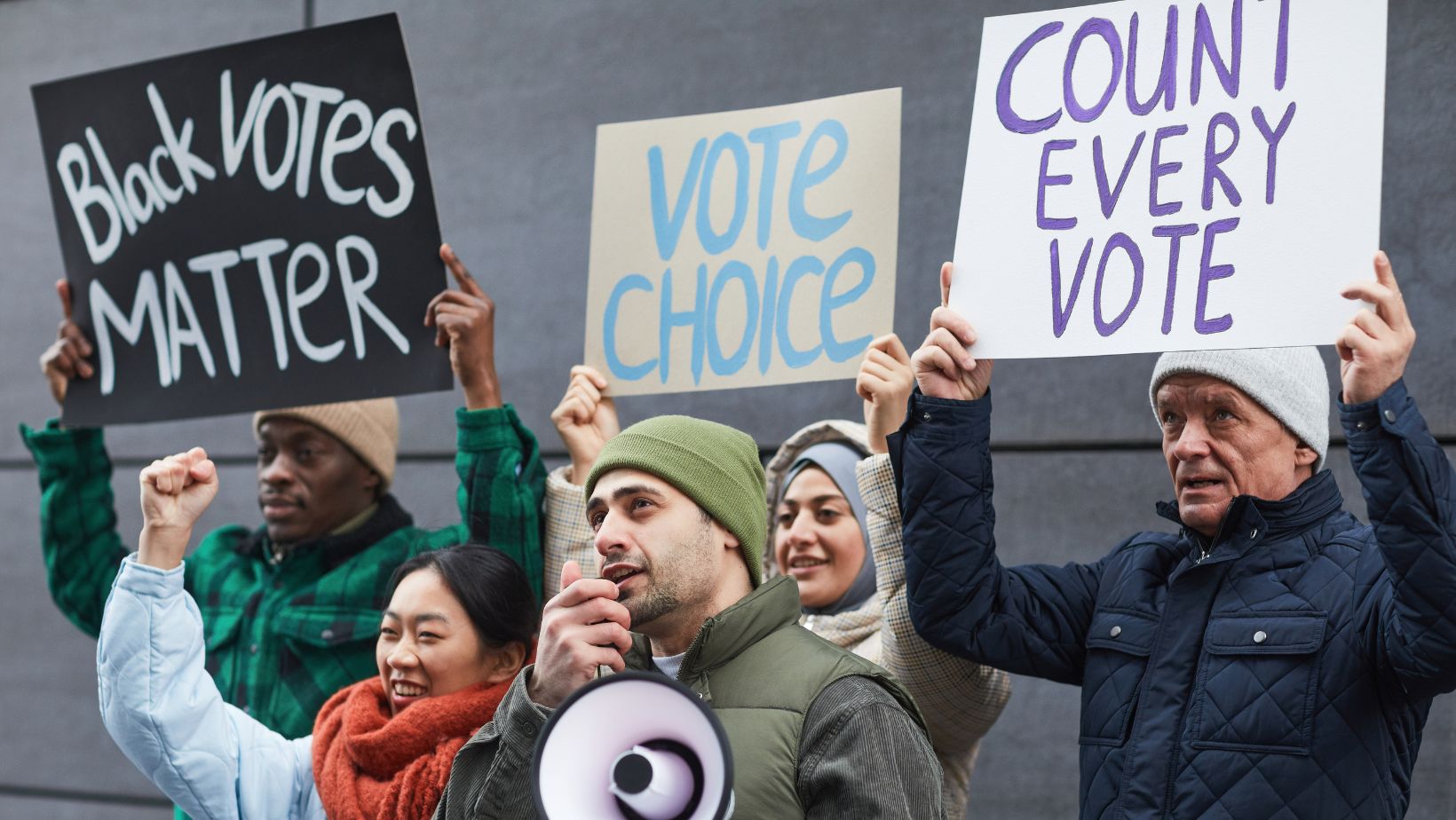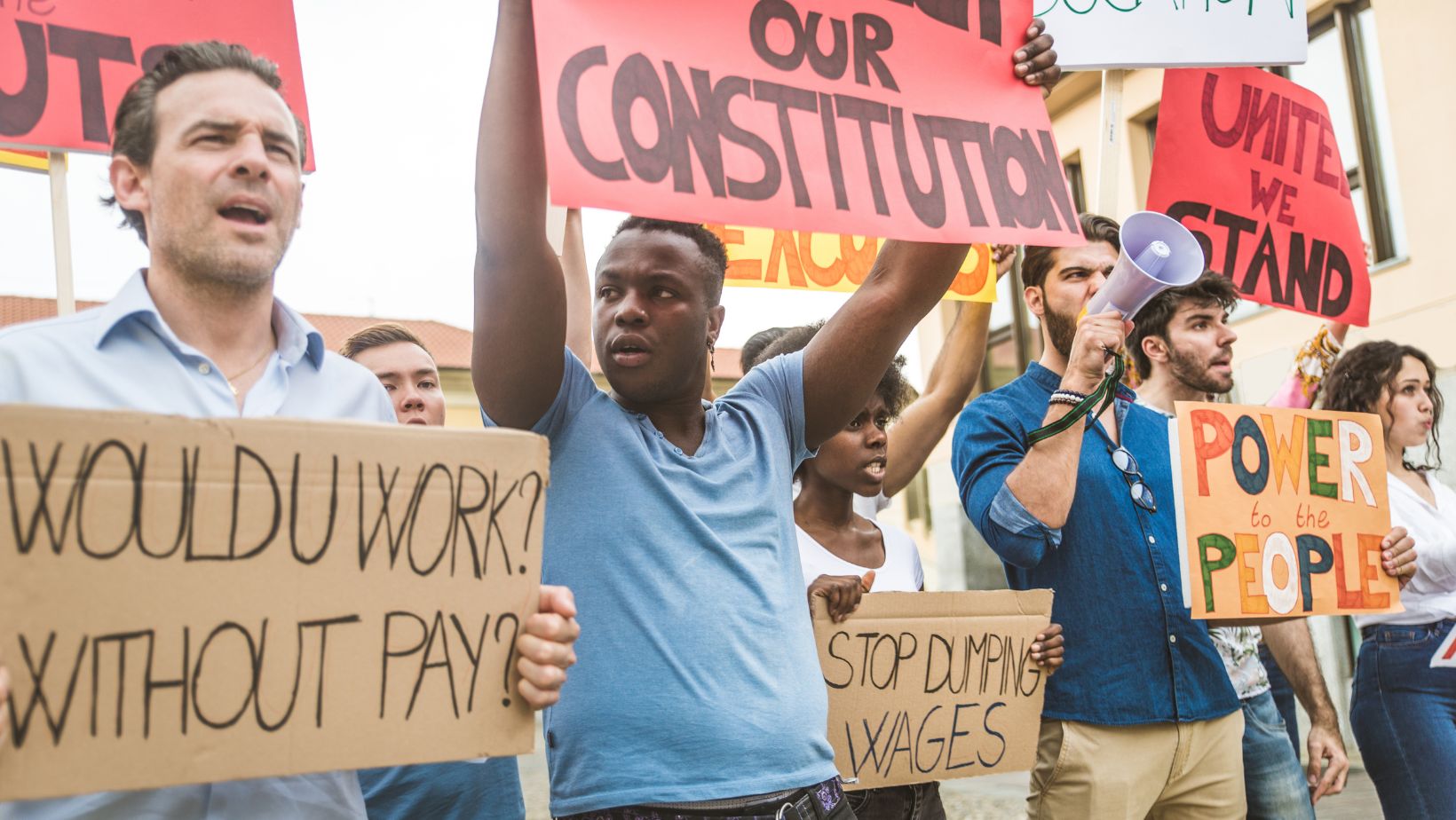Political activism encompasses a diverse range of activities aimed at bringing about political or social change. It involves efforts to promote, impede, or direct social, political, economic, or environmental reform. There are several types of political activism, each with unique methods, goals, and participants. This article explores some of the most common forms of political activism, including grassroots activism, digital activism, lobbying, protests and demonstrations, civil disobedience, and electoral campaigning.
Grassroots Activism
Grassroots activism is characterized by community-driven efforts that emerge from the ground up, rather than being orchestrated by large organizations or political leaders. This type of activism relies on the participation and enthusiasm of local individuals who are directly affected by the issues at hand. Grassroots movements often focus on specific local concerns but can grow to have national or even global impact. Examples include the civil rights movement in the United States and the environmental campaigns led by groups like Greenpeace. The power of grassroots activism lies in its ability to mobilize ordinary people and create broad-based support for change. A great way to show your support for a political leaning at a local level is by wearing political apparel that showcases your beliefs. The MAGA Store stocks a range of T-shirts for those who support the republican candidate Donald Trump.
Digital Activism
With the advent of the internet and social media, digital activism has become a potent force in modern politics. Digital activists use online platforms to raise awareness, organize events, and mobilize supporters. This form of activism can include activities like social media campaigns, online petitions, and hacktivism. Digital activism has the advantage of reaching a global audience quickly and efficiently. Movements like #BlackLivesMatter and #MeToo gained international traction through social media, illustrating how digital activism can amplify voices and foster solidarity across borders.

However, it also faces challenges such as online harassment, misinformation, and the digital divide that limits access for some populations.
Lobbying
Lobbying is a more formalized type of political activism where individuals or groups attempt to influence policymakers and legislators. Lobbyists advocate for specific legislation or policies by providing information, persuading lawmakers, and sometimes drafting legislation. This type of activism is often associated with well-funded organizations, corporations, or special interest groups, but non-profit organizations and grassroots groups also engage in lobbying. Effective lobbying requires a deep understanding of the legislative process and the ability to build relationships with policymakers. Critics argue that lobbying can lead to undue influence by wealthy interests, but proponents believe it’s a crucial way for all groups to have their voices heard in the political arena.
Protests and Demonstrations
Protests and demonstrations are some of the most visible forms of political activism. These events involve public gatherings where participants express their support for or opposition to a cause. Protests can range from peaceful marches and rallies to more confrontational actions like sit-ins or blockades. The goal of protests is to draw public attention to an issue, pressure policymakers, and demonstrate the strength of public opinion. Historic examples include the anti-Vietnam War protests that began in the 1960s and the 2017 Women’s Marches. While protests can be powerful tools for change, they can also lead to clashes with authorities and sometimes result in arrests or violence.
Civil Disobedience
Civil disobedience is a form of political activism where individuals deliberately break certain laws, regulations, or commands to protest against a policy or government action they consider unjust. This type of activism is often nonviolent and aims to bring about change through moral appeal and by drawing attention to the injustice.

Prominent examples include Mahatma Gandhi’s nonviolent resistance against British rule in India and the American civil rights movement led by Martin Luther King Jr. Civil disobedience seeks to create a crisis that forces society to confront and address the issues at stake.
Electoral Campaigning
Electoral campaigning involves efforts to influence the outcome of elections by supporting specific candidates or political parties. This type of activism includes a range of activities, such as canvassing, phone banking, voter registration drives, and get-out-the-vote efforts. Electoral activists work to educate voters, encourage political participation, and ensure fair and free elections. This form of activism is crucial in democratic societies, where the electoral process determines leadership and policy direction. The grassroots energy in electoral campaigns can sometimes lead to significant political shifts, as seen with movements like Bernie Sanders’ campaigns in the United States or the surge of youth involvement in elections around the world.
Political activism encompasses a wide array of strategies and activities, each playing a critical role in shaping the political landscape. Understanding these various forms of activism helps to appreciate the multifaceted nature of political engagement and the continuous efforts to advance justice, equality, and democracy.
























